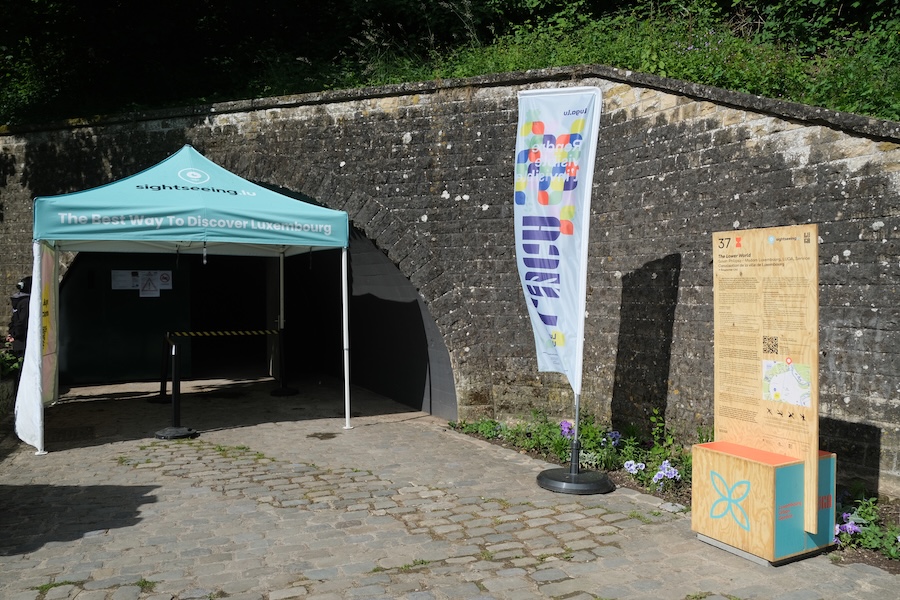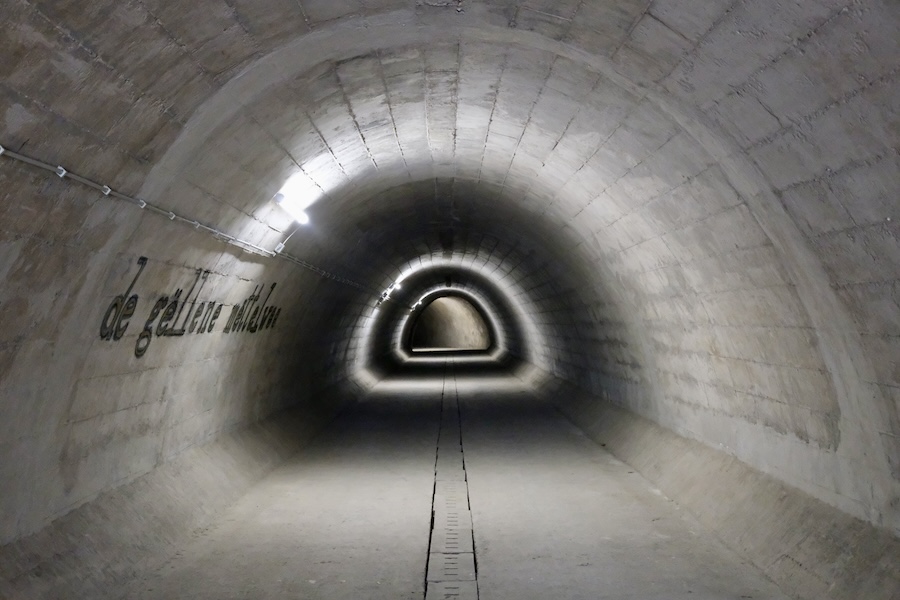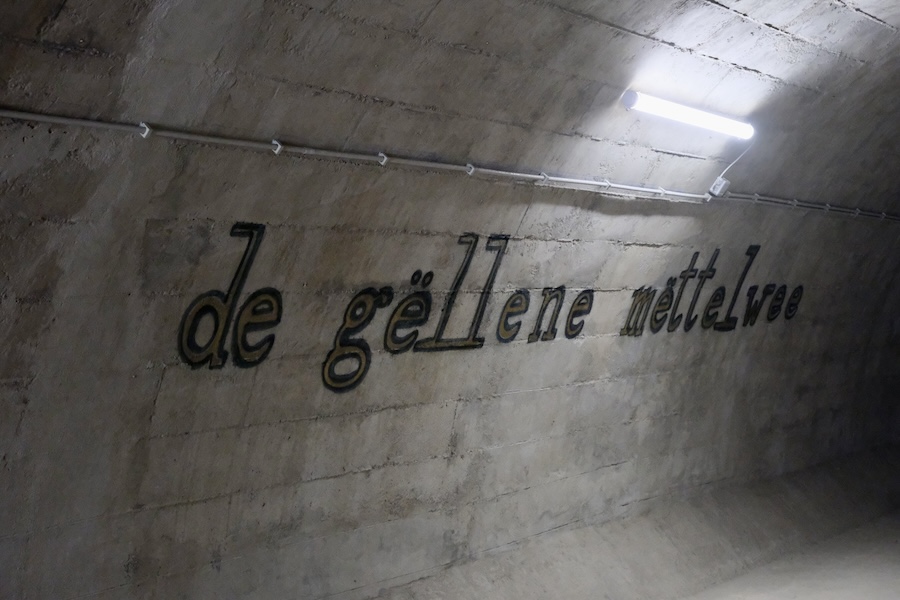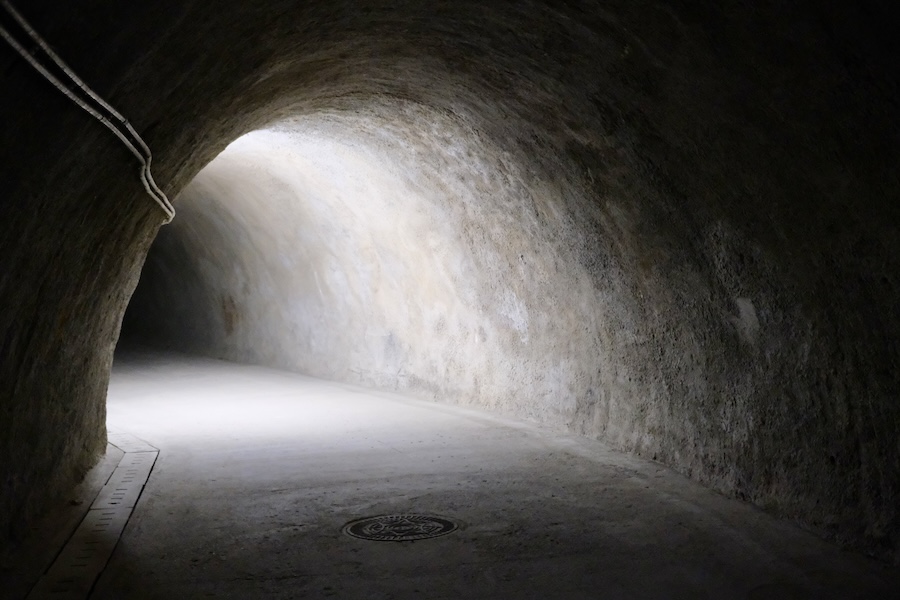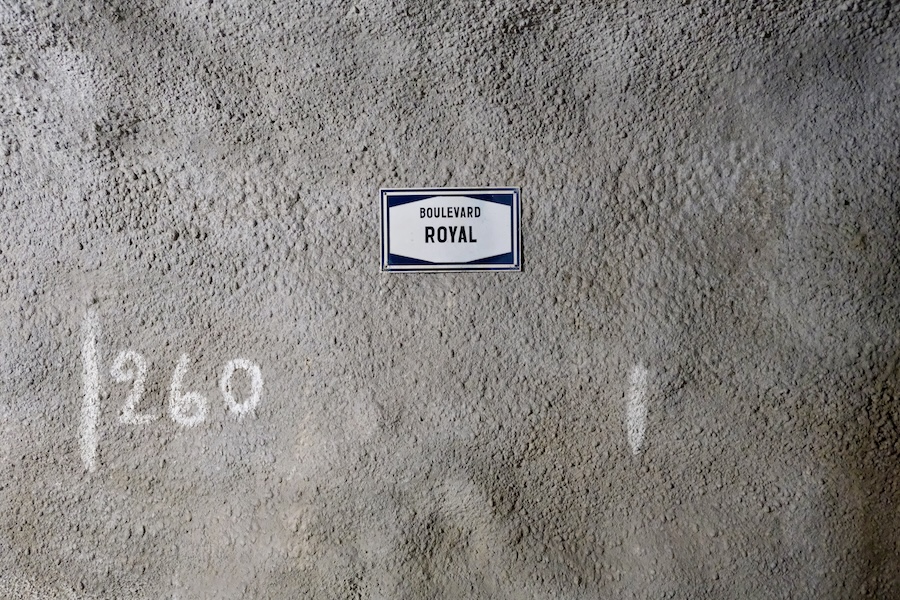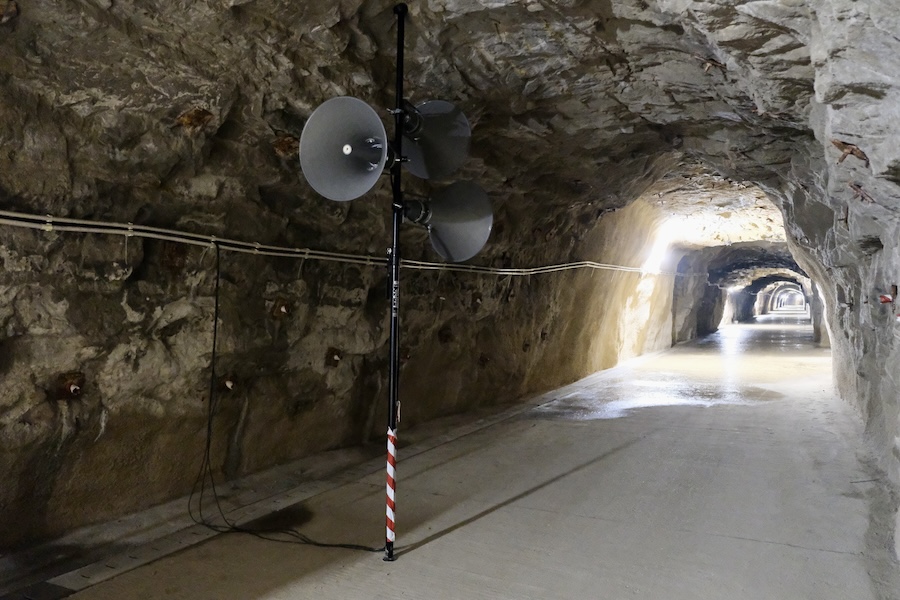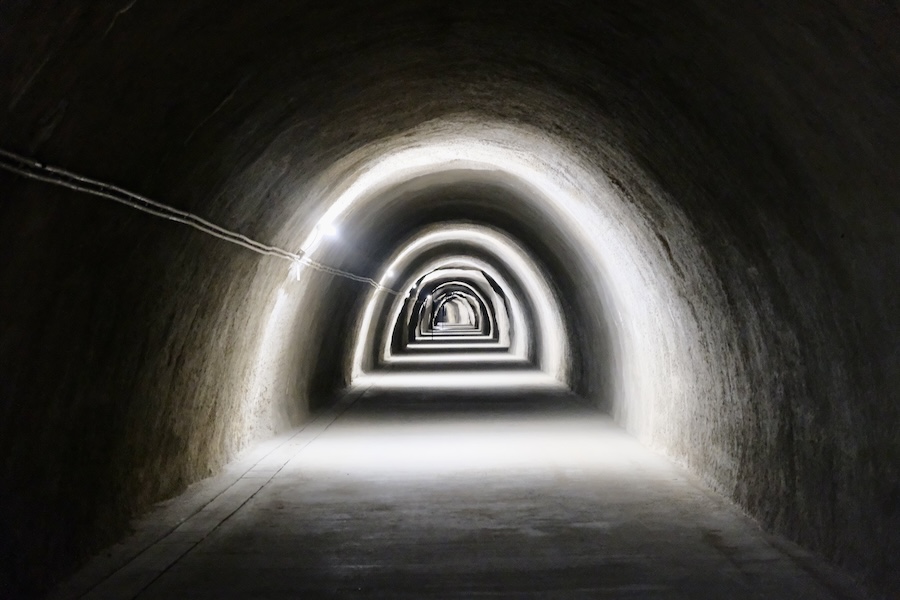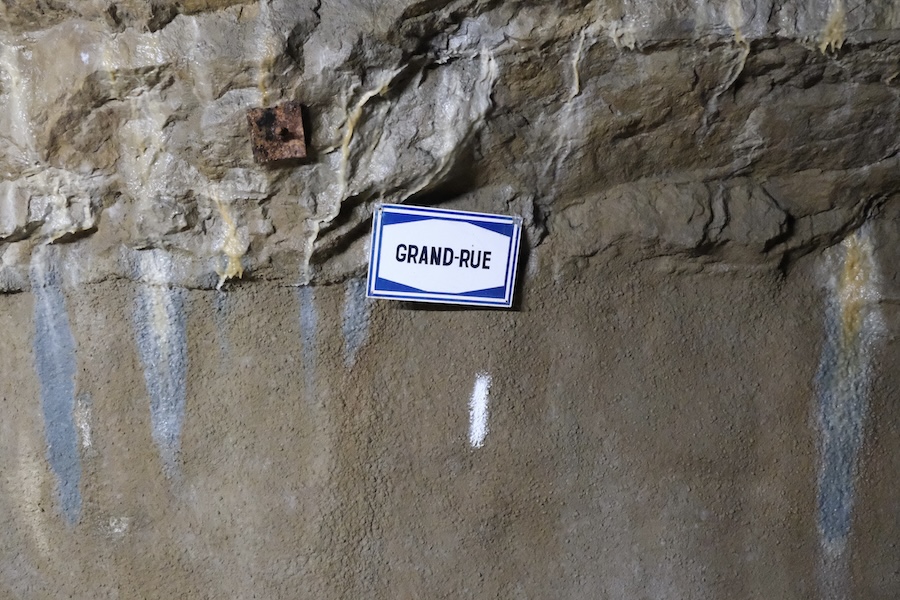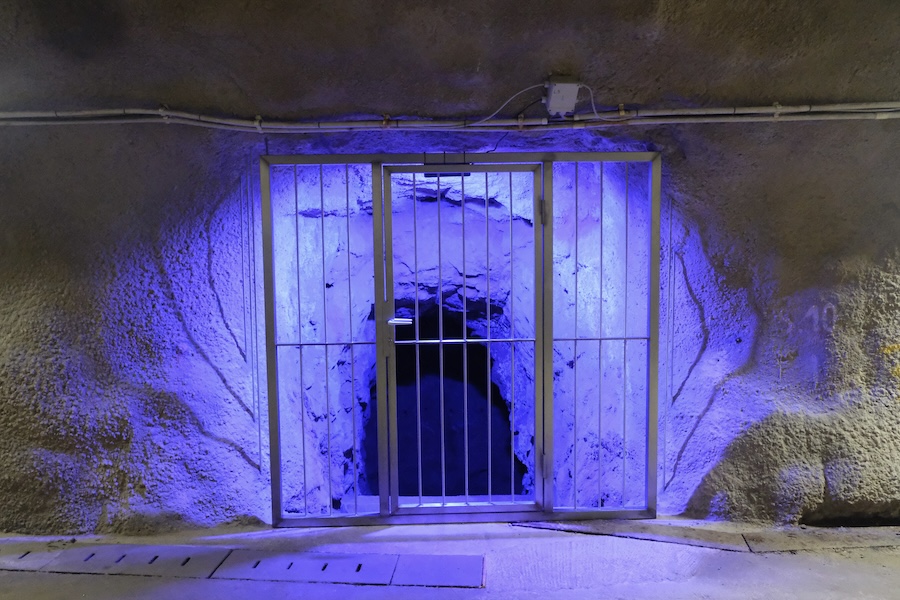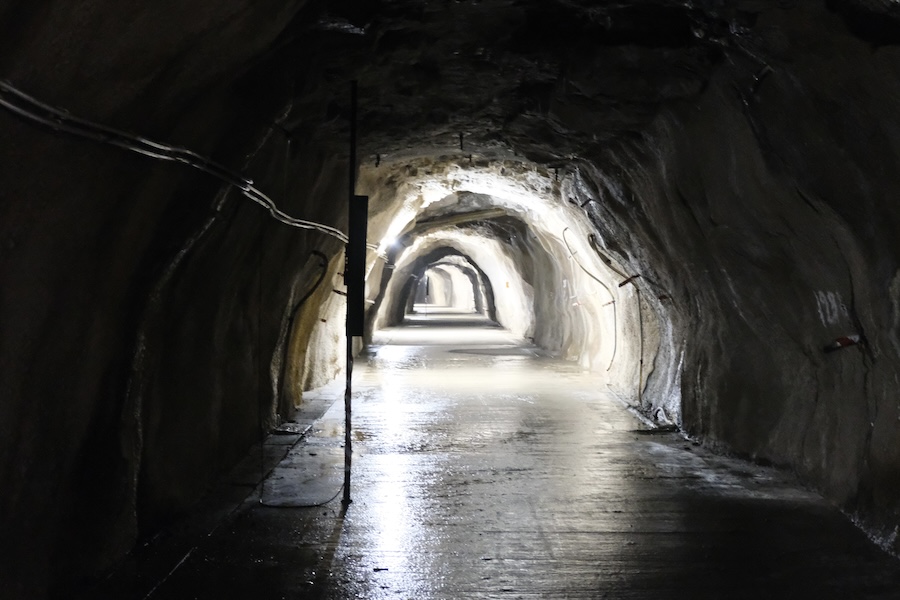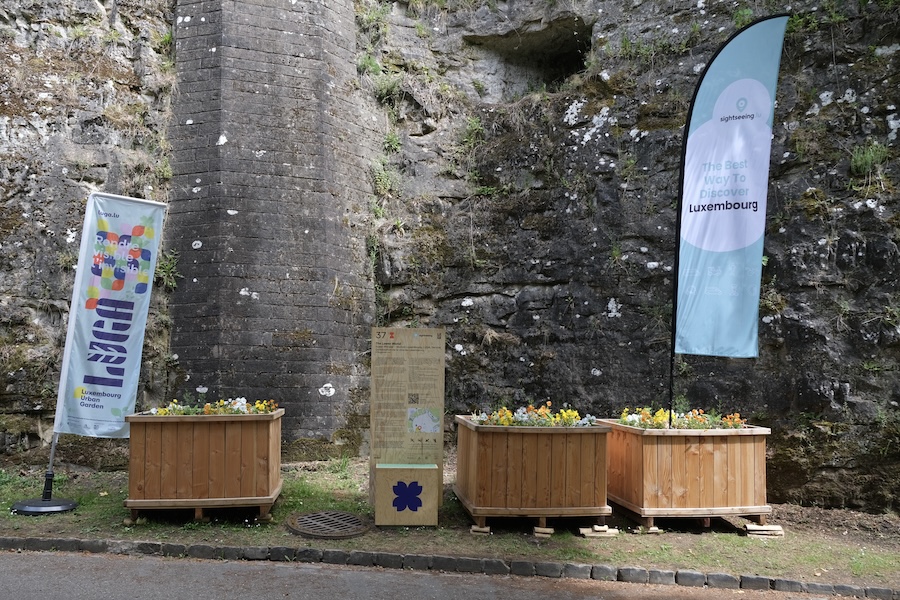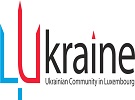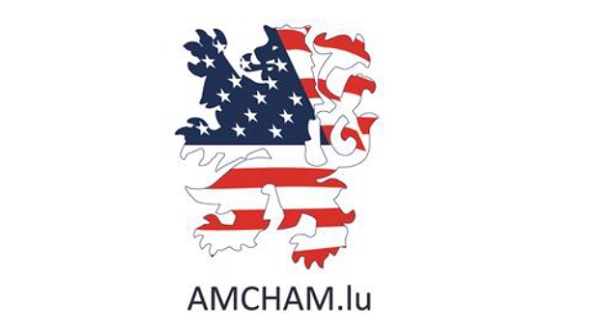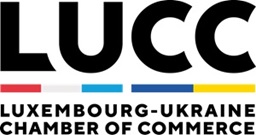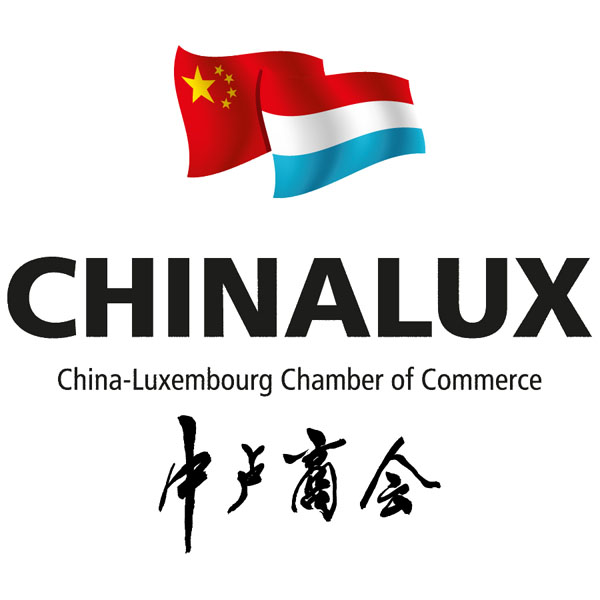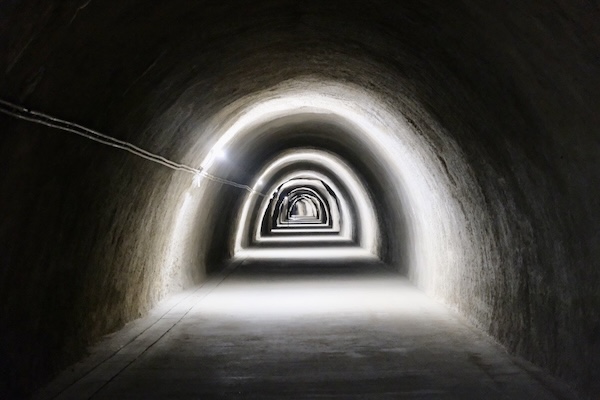 Luxembourg City Aquatunnel;
Credit: Steven Miller, Chronicle.lu
Luxembourg City Aquatunnel;
Credit: Steven Miller, Chronicle.lu
On Tuesday 27 May 2025, Chronicle.lu participated in a tour of the Aquatunnel which passes under the Upper Town of Luxembourg City.
The 900m Aquatunnel connects the Pétrusse Valley to the Pfaffenthal district. Originally built to collect sewage, the Luxembourg authorities redeveloped it for civil protection purposes. As part of the LUGA - Luxembourg Urban Garden programme and presented in collaboration with the Musée d'Art Moderne Grand-Duc Jean (MUDAM), the tunnel is currently open to the public and features a sound art installation by Scottish artist and winner of the Turner Prize in 2010, Suzan Philipsz, entitled “The Lower World”.
The tunnel can be accessed from two points within the city, at Vallée de la Pétrusse (Entrance A) or at Pfaffenthal (Entrance B), with guided tours lasting approximately 30 minutes. Each tour is limited to a maximum of 30 participants.
Chronicle.lu began its tour at the Entrance B, located at the south end of Rue Laurent Ménager. The surrounding area also features a number of installations from the LUGA programme. Outside the large entry doors to the tunnel is a gazebo from tour organisers Sightseeing.lu which carries information relating to the tours and a QR code for purchasing tickets. Tickets for the Aquatunnel can also be purchased from the tour guides present at either end of the tunnel and each tour is accompanied by two guides who can answer questions in a multitude of languages, including English, French, German and Luxemburgish.
Upon entering the tunnel, there is an immediate change in ambience as the stretches out into the distance. The voices from Suzan Philipsz’s sound installation echo eerily throughout, providing an audible sense of the tunnel’s proportions. Notably, the walls are periodically marked in metres, indicating the distance travelled from the entrance and, at certain points, are adorned with street signs which indicate their location in relation to what lies immediately above at street level.
Distinct features of the tunnel include an opening revealing the subterranean waterflow which supplies much of Luxembourg City, spaces carved out of the walls which were originally intended for facilities when the tunnel was earmarked as a Cold War bomb shelter (estimated to hold 35,000 people) and a number of other crevices and access points which are closed off to visitors for safety reasons.
The tunnel, which is not ordinarily open to the public, has undergone cleaning and renovation to ensure safe and comfortable access for visitors and the lighting installed is more than sufficient to prevent any fears of being lost in the dark. There are periodic wet patches on the floor where rainwater has made its way down and through the rock but this never constitutes a hazard or creates an obstacle while passing through the tunnel. It does however leave trace of a variety of minerals which have calcified into tiny stalactites and patterns on the walls throughout the length of the tunnel.
Suzan Philipsz’s sound installation “The Lower World” is a prominent feature throughout the tour thanks to a number of speaker columns which run the length of the tunnel. These distribute a series of choral voices which create a calming, ambient atmosphere while traversing the tunnel.
Upon reaching the Pétrusse end of the tunnel, there is a significant staircase to climb to the exit, therefore it is advised that visitors who have additional mobility requirements contact the tunnel operators to ensure safe access to and from the facility.
The Aquatunnel is open to the public until Saturday 18 October 2025 from 10:00 until 18:00.
Tickets cost €12 for adults, €6 for children, €8 for students and €10 for seniors. Further information is available at www.sightseeing.lu.

